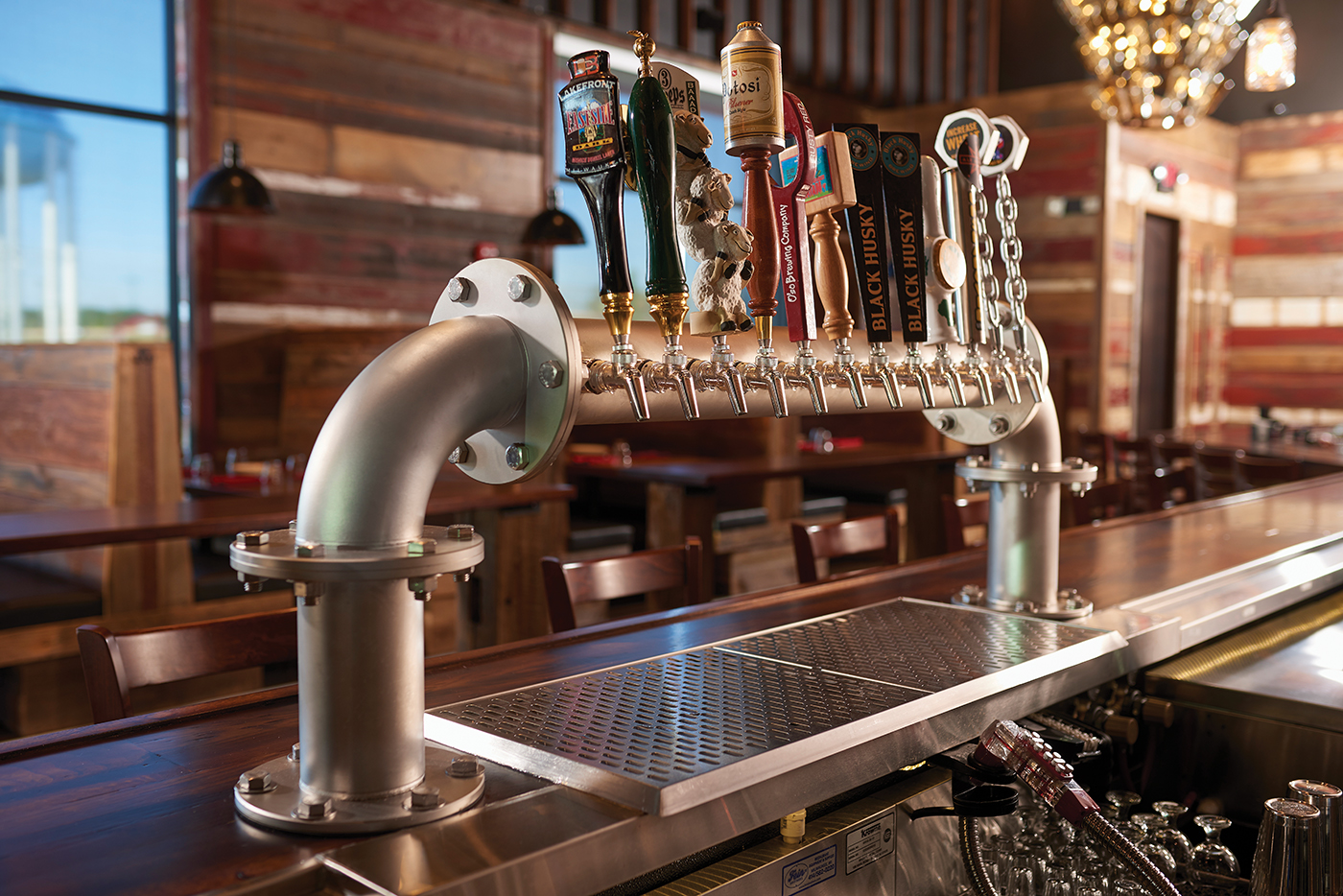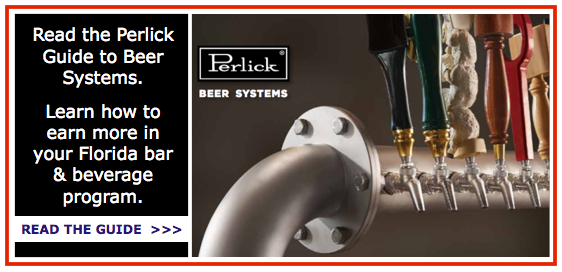Five Components of a Perlick Beer System
Perlick knows more about profitable draft beer dispensing than anyone else in the industry because they pay attention to every detail.
When dispensed properly, draft beer will generate major profits for an operator. That’s why it pays to choose Perlick Century Beer Systems. Century has been the preferred choice of operators for over 45 years. They know more about profitable draft beer dispensing than anyone else in the industry, because they pay attention to every detail.
(related post: What Makes Perlick Better than the Competition)
The Century System is designed and engineered at the factory to maximize your beverage dispensing profits. Perlick is so sure it will outperform any other beer system on the market that they guarantee your complete satisfaction. It’s a guarantee you can count on, backed by Perlick which as an affiliation of over 90 years with the brewing industry.
To start, let's take a look at these important components:
1. Century Dispensing Heads The key component of the Century Beer System is the factory-balanced dispensing head. Before beer gets to the glass, it passes through a fully-insulated cold block to keep it cold. So beer can’t warm up and foam at the faucet as it does in other systems. Dispensing heads are available in a variety of finishes including Tarnish-Free Brass, Chrome and Stainless Steel ranging from traditional styles to custom creations. There’s a style to fit almost every decor and dispensing head. Click on the Finishing Touch brochure to the right to see our line of dispensing heads.
2. Century Trunk Housing A trunk housing routes beer lines from the keg to the dispensing head. But not all trunk housings are created equally. The difference is inside. Perlick beer lines are vapor sealed to pure copper coolant lines for the entire length of the housing. Our beer lines are made from an exclusive barrier tubing designed for the Century System which seals in CO2 to keep beer fresh, and seals out air which will produce an off-taste.
3. Glycol chiller Beer must be kept at a constant temperature to ensure a consistent pour. The workhorse that makes this happen is the glycol chiller. It’s used to circulate coolant throughout the system. They come in a variety of sizes and configurations and are selected to fit the individual installation. Perlick glycol chillers are durable, energy efficient and provide years of reliable service.
4. Pressure Sources Next, using the right pressure source to force beer from the keg is critical. So we’ll suggest a pressure source that is appropriate for your application. It may be CO2 for a low pressure system, or a CO2/Nitrogen blend for a high pressure system. Or if you’re planning to have multiple stations, longer runs or higher lifts, beer pumps (shown) may be the best choice. Beer pumps are economical and user friendly. A single beer pump can service up to three different faucets from just one keg, saving inventory costs and increasing precious cooler space.
5. Tapping the Keg Perlick doesn’t just use any coupler to tap a keg. We offer a unique, patented tapping device called the EKS (Electronic Keg Sensor). It senses when a keg is empty, shuts off the beer flow, yet leaves the line fully packed with beer. The Perlick EKS is the only keg coupler on the market today with an intergral shut-off device to help eliminate foaming, wasted beer, and dissatisfied customers.



